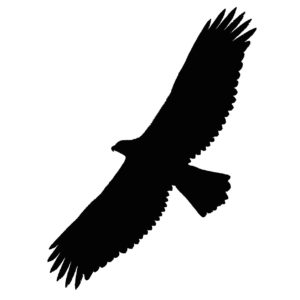TRABALON F. & JAIS M. 2021. Field identification of the Golden Eagle, and the different plumages of the ssp. homeyeri www.raptoridentification.com
The Golden Eagle is a large eagle with long and broad wings. The nostrils are enlarged. The wing tips have finger-like feathers with each individual feather clearly visible. The rear-head and hind-neck is golden brown (more reddish-brown in homeyeri)and the wings and wing-tips have a round trailing edge (unlike other large Aquila eagles). Compared with the broad secondaries, the primaries are comparatively narrow. Birds of ssp. homeyeri are darker in the under and upper coverts of the wing. When perched, the tail does extend beyond the wing-tips.
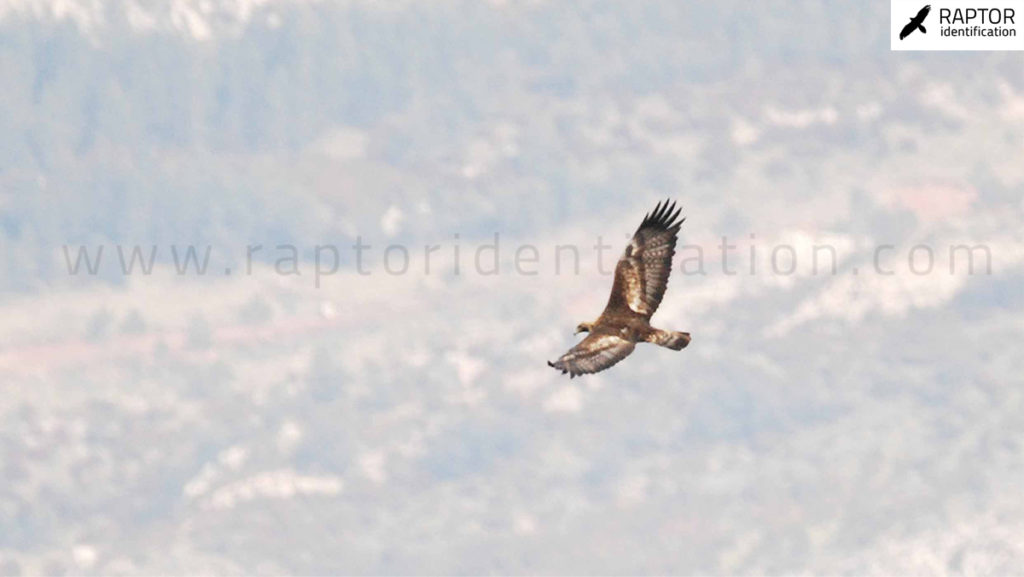
Photo 1. Adult plumage. March. © Fran Trabalon. Even in the distance, it is possible to observe the very long wings, and how they become more narrow closer to the body. This perception is accentuated by the fairly wide outer secondaries, which also gives the primaries a narrower aspect.
JUVENILE PLUMAGE. The iris is dark brown and the head and neck are brownish, turning reddish over time. The base of the primaries have an extensive white base. Sometimes the external secundaries also have a white base (some juveniles without this white base).The upper wing coverts are uniformly dark, they will turn to a paler brown over time and create a pale panel thanks to feather wear. The rear edge of the flight feathers are serrated. The “bicolor-looking” tail is very characteristic, with a white base and a broad dark band on the margin. The rear margin of the wing has a very serrated appearance, given the uniform growth of the plumage.
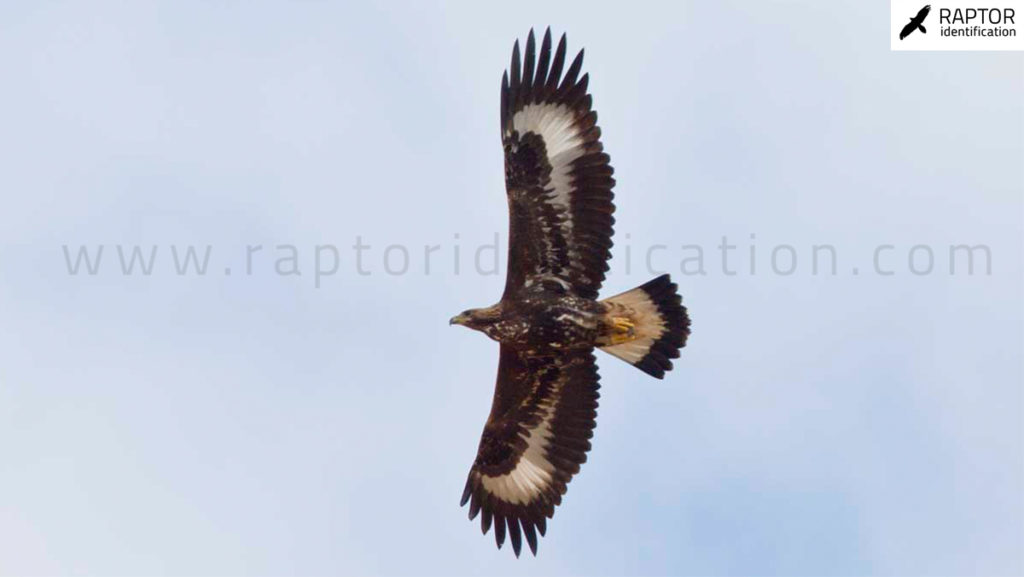
Photo 2. Juvenile plumage. October. © Fran Trabalon. The general colouration is very uniform and dark, and except for a very few darker homeyeri, the inner part of the primaries, and often the base of the outer secondaries, are white, an aspect that, together with the extensively white rectrices, makes it easy to identify.
SECOND PLUMAGE. The iris is brown and dark but paler in birds from southern Europe. Overall, the appearance is similar to the first plumage but with new body feathers whose number is growing over the summer. At the end of the 2nd year, the eagles have moulted the 2-6 most inner primaries as well as a variable number of secondaries. The new primaries are more greyish and show some stripes. The new secondaries are a bit broader, shorter and darker with a grey base. The remaining juvenile secondaries are long, pointed, worn and uniformly dark, but, of course, with white bases if the individual presented them in its juvenile plumage. On the upper parts, the lesser coverts are moulted and of the tail feathers, at least central pair moulted. Tail feathers are similar to juvenile birds but with greyish margins and marbled on the upper side of the subterminal band.
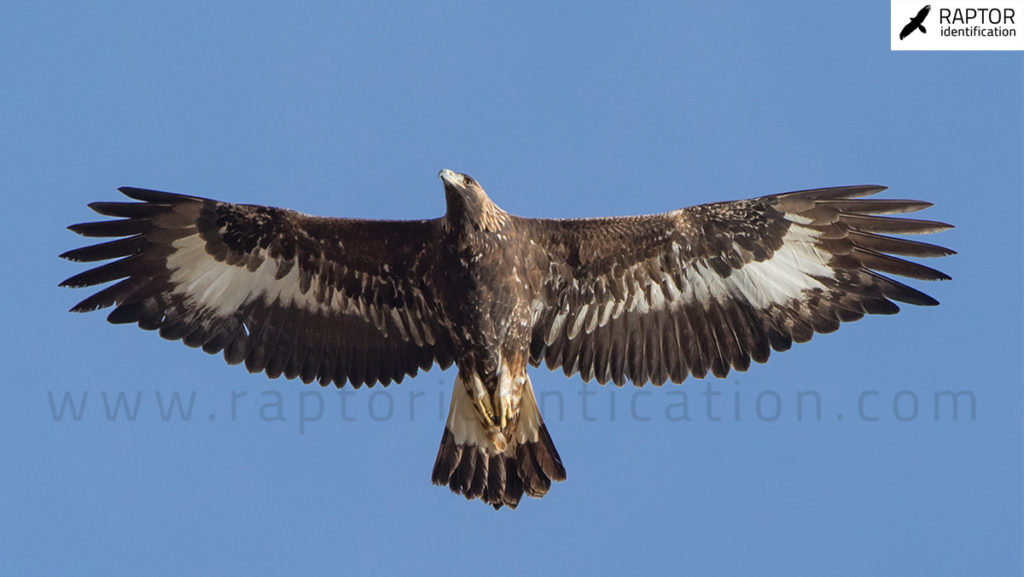
Photo 3. Second plumage. October. © Joan Goy. At the end of their second year calendary, the eagles have replaced the innermost primaries and a variable number of secondaries. The appearance is similar to that of juveniles but the contrast is visible in the moulted body feathers, as well as the iris, which is still dark brown. This bird has moult the 4 innermost primaries at the right wing, one more at the left wing, and also the S1, as well some inner secondary, probably the S14, And the two central rectrices. A common moult extension in southern birds.
THIRD PLUMAGE. The iris is now of a clear brown colour or chestnut-coloured. The underparts show a more reddish plumage and the eagles have new greater coverts. The lesser coverts and the median coverts are extensively moulted.In southern Europe, often retain 1 or 2 juvenile outer primaries, and these are also occasionally molted. In the same period, it once again replaced up to the three innermost primaries, these being the third generation. The innermost 3 primaries are often already in their 3rd generation. In the secondaries there are still a few juvenile feathers left in the centre. The new secondaries normally also have a white base, although this is not always the case in homeyeri. The tail feathers have been moulted, sometimes P4 remains without moult, it will then look worn.
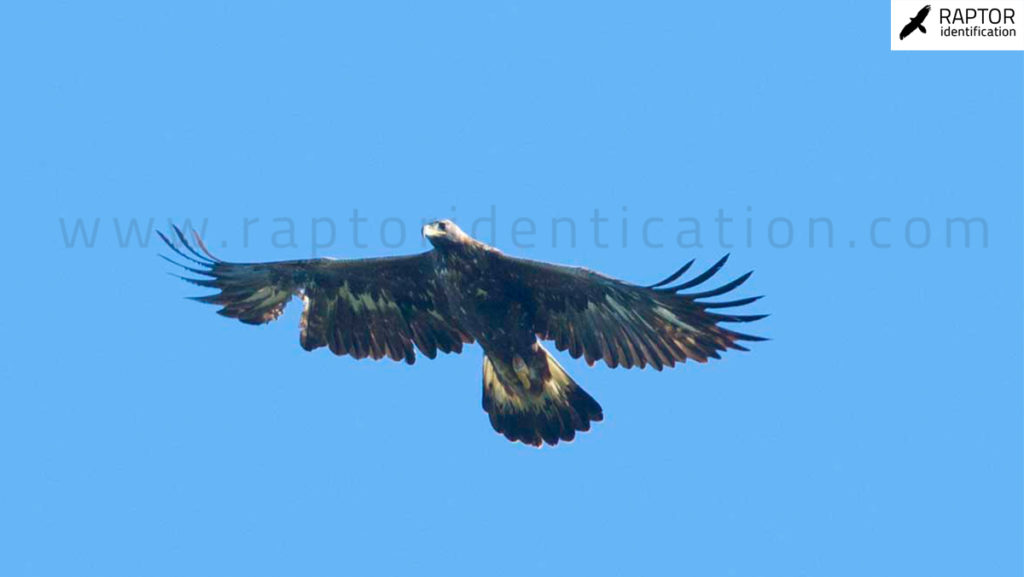
Photo 4. Third plumage. September. © Fran Trabalon. In the third plumage the more or less reddish parts are already visible in the lower parts, since the moulting of the coverts has already been almost completed. New secondaries still tend to keep white bases. The iris is still not fully yellow. p10 is retained as a juvenile on its right wing, an aspect that allows the bird to be dated safely. This bird still retains a few juvenile secondaries and the void on the right wing is due to it having pulled the two innermost primaries. Regarding the tail, it does not retain any juvenile feather.
FOURTH PLUMAGE. In this plumage, the iris is chestnut-coloured or brownish-yellowish. On the body and wings brownish-orange feathers appear, this is typical of adults. Nordic birds may maintain some juvenile outer primaries and juvenile secondaries until the spring of their fifth calendar year, but in southern populations often all the primaries have been moulted. The tail feathers are grey and banded. Sometimes R6 still has some white, but in most southern populations, the new rectrices are largely grey and barred. In northern Europe birds still have much white.
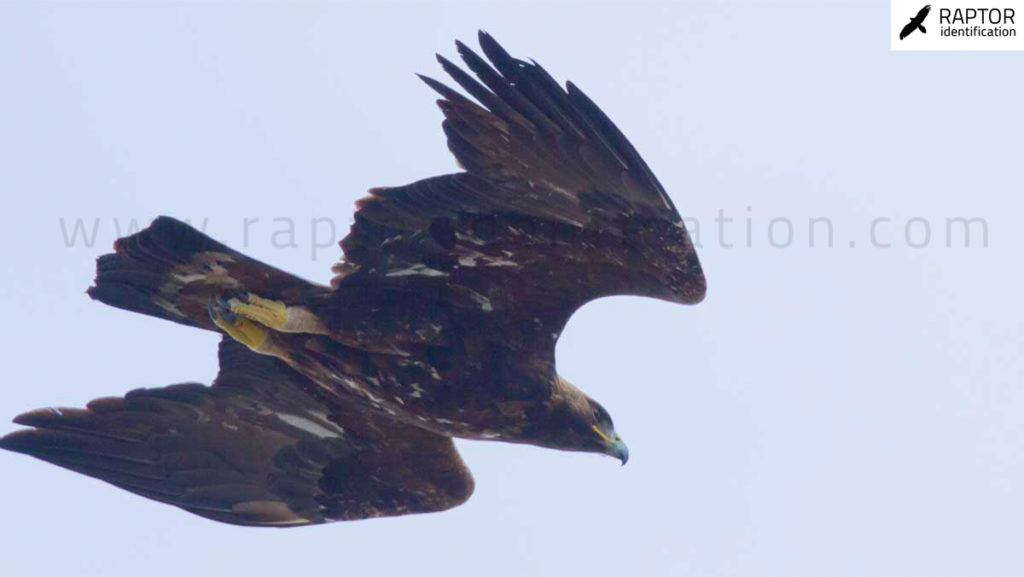
Photo 5. Fourth plumage. March. © Fran Trabalon. In this age and ahead, in many birds it can be very difficult to know the exact age, because generally all the remiges are moulted. Juvenile secondaries are visible, and the outermost primaries have recently been moulted. Also, white bases are visible in a few secondaries.
SUBADULT PLUMAGE (5-10 YEARS OLD). Subadults have a pale iris. They don’t show any juvenile remiges. They usually show two or three fairly symmetric spots of moult in the primaries. There can be rests of irregular white patches in the wings and tail. This is more extensive in northern birds.
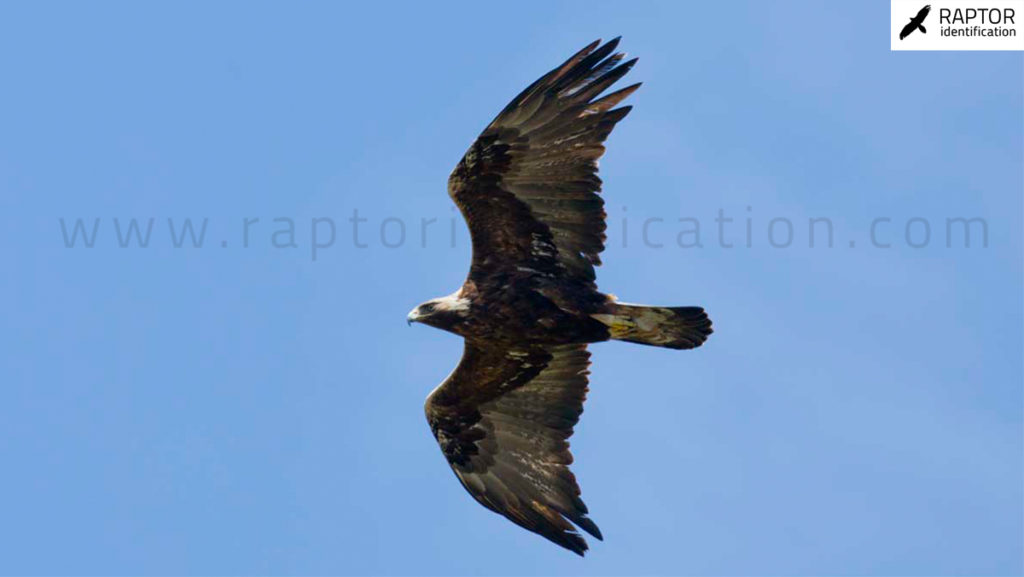
Photo 6. Subadult, May. © Fran Trabalon. Subadult birds have moulted all the remiges and have yellowish irises, which is why they can practically not be separated from the adult birds. Sometimes they can be identified at this age thanks to the quite symmetrical moult that they still have in the primaries, as it is in this case. There is a juvenile secondary at the base of the left wing. It is distinguished by being longer and translucent.
ADULT PLUMAGE. Adults have a pale or yellow iris, depending on age. The top of the head and breast are brown and adults have a golden nape. The body feathers are between dark brown and reddish brown, the grey flight feathers are darkly frayed with a broad dark fringe which shows a weak pale terminal band. Depending on the light, a dark band formed by the greater upper coverts is visible. The rectrices are more frayed from the base with a broad dark margin which forms an often faintly visible terminal band. A white base of the tail feathers is rare but more common in northern birds. At a distance, birds appear dark, especially birds from central and southern Europe. The upper wing coverts show a pale diagonal patch in the upper coverts.
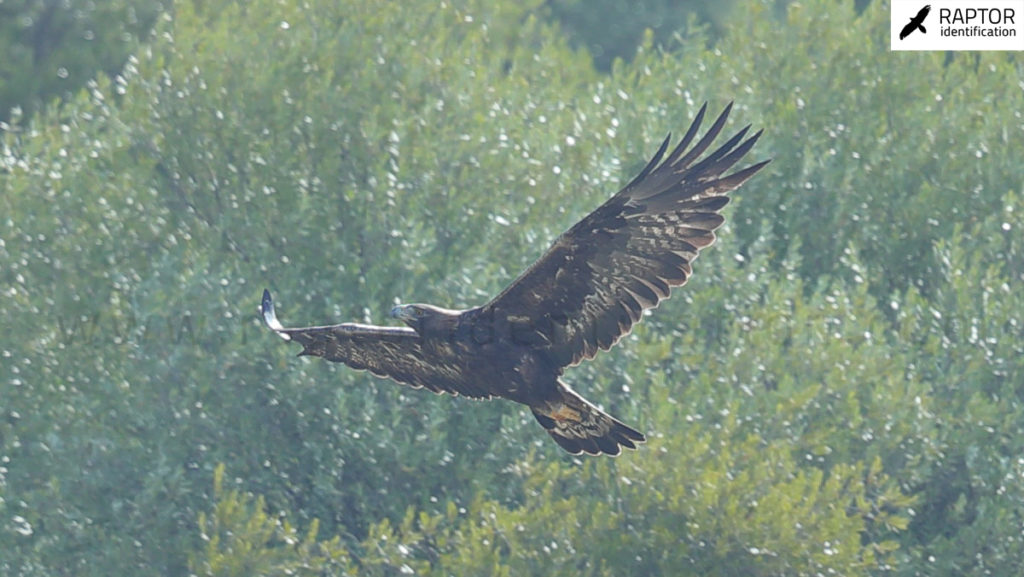
Photo 7. Adult. September. © Fran Trabalon. The iris is yellowish, with golden feathers on the nape. The posterior part of the remiges forms a broad, dark band, and sometimes a subtle dark band is also seen, although more diffuse in the great undercovers.
Bibliography:
Bautista, J. 2017. Manual de identificación en el campo del Águila Real Mediterránea (Aquila chysaetos homeyeri). https://rsanchezmateos.files.wordpress.com/2018/03/manual-de-identificacic3b3n-en-el-campo-del-c3a1guila-real-mediterrc3a1nea-1.pdf
Forsman, D. 1999. The Raptors of Europe and the Middle East. T.& A.D. Poyser. London.
Nebel, C., Gamauf, A., Haring, E., Segelbacher, G., Viller, A. & Zachos, F. 2015. Mitochondrial DNA analysis reveals Holarctic homogeneity and a distinct Mediterranean lineage in the Golden eagle (Aquila chrysaetos). Biological Journal of the Linnean Society 116(2): 328–340.
Ollé A. & Trabalón F. 2019. Aves Rapaces de Europa. Omega. Barcelona.
Orta, J. 1994. Golden Eagle Aquila chrysaetos. In: del Hoyo, J., Elliott, A. & Sargatal, J. (eds.). Handbook of the Birds of the World. Vol 2. New World Vultures to Guineafowl. Pp. 197-198. Lynx Edicions. Barcelona.
Soutullo, A., Urios, V. & Ferrer, M. 2006. How far away in an hour? – daily movements of juvenile Golden Eagles (Aquila chrysaetos) tracked with satellite telemetry. Journal of Ornithology 147: 69–72.
Watson, I. 1992. Status of the Golden Eagle Aquila chrysaetos in Europe. Bird Conservation International 2: 175-183.
Watson, J. 1997. The Golden Eagle. Poyser. London.
